Last updated on February 18, 2024
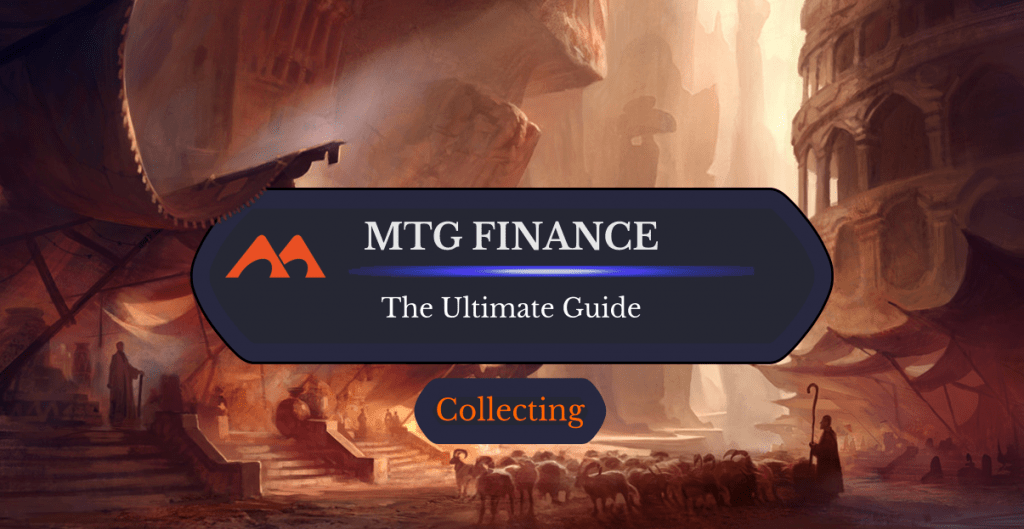
Trading Post | Illustration by Adam Paquette
The economies behind trading card games exploded in recent years, and Magic is one of the largest. Thanks to the nature of cards being printed in limited numbers and the vast growing community driving up demand for cards across all formats, being a wise investor and smart with your purchases will save you a lot of money (and stress) in the long run.
Today I’ll be going over anything and everything you need to know when it comes to MTG finance, from how to build decks the cheapest to how to outperform the S&P 500 by buying pieces of cardboard.
Let’s get started!
What Is MTG Finance?
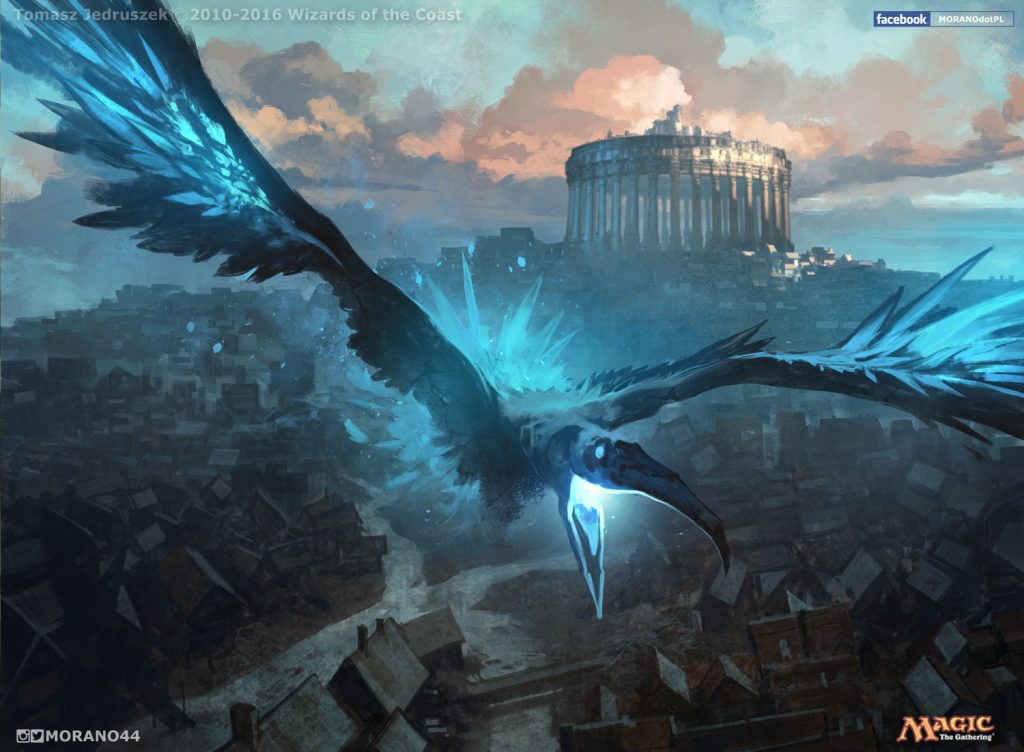
Illusionary Informant | Illustration by Tomasz Jedruszek
MTG finance refers to anything financially related to MTG, mainly the investment and profit-generating side. This includes principles like buying singles, investing in Secret Lairs, buying sealed product in hopes of future gains, and more.
Even if you’re not some insane investor who buys 100 booster boxes to resell in five years it’s important to understand the fundamental concepts behind MTG finance. This way you can save as much money as possible when putting decks together and playing in events to get more bang for your buck.
Why Is it Important?
It’s always important, to some degree, to understand basic finance and how you can apply it to your hobbies. Magic is certainly not an exception. Whether your goal is to become a reseller or you’re just looking to put together your latest Commander deck for as cheap as possible, you need to understand how to spend your money and where to spend it.
Understanding where to get specific cards the cheapest, when to invest in a format like Standard, and when to sell your cards to avoid losses are all important concepts that you’ll use a lot if Magic becomes one of your hobbies.
Is it Expensive to Play Magic?
Is it expensive to play Magic? That’s a deep question that can be answered really simply: it depends.
What are your goals? How will you achieve them? How often and in what formats do you want to play? What power level of a deck are you trying to build?
If you’re looking to build a foiled-out Modern deck from nothing, I’m sorry to break it to you that, yes, Magic is expensive to play. If you’re looking to draft once a week to have a good time, then no, not really. It all depends on your goals, how much is “expensive” to you, and how long you’ll be playing the game.
Some Magic cards have resale value that consistently stays at a certain price. Mana Crypt is a card that has tremendous demand in Commander and Vintage but has a very safe price point thanks to the very limited printing. If you end up buying this card for well over $150, at the very least you have some degree of confidence you can make your money back (if not more) in the future. Despite being cardboard, Magic cards do carry a certain level of stable value that can make investing in them less risky.
What if your goal isn’t to play constructed at all? If you just want to draft once a week at your local game store, you’re only looking at about $15 to $20 a week. After reading through the rest of this guide, especially the basics and principles section, you’ll be able to decipher whether the hobby of playing Magic is too expensive for you and how you can minimize that cost as much as possible.
Do MTG Cards Increase in Value?
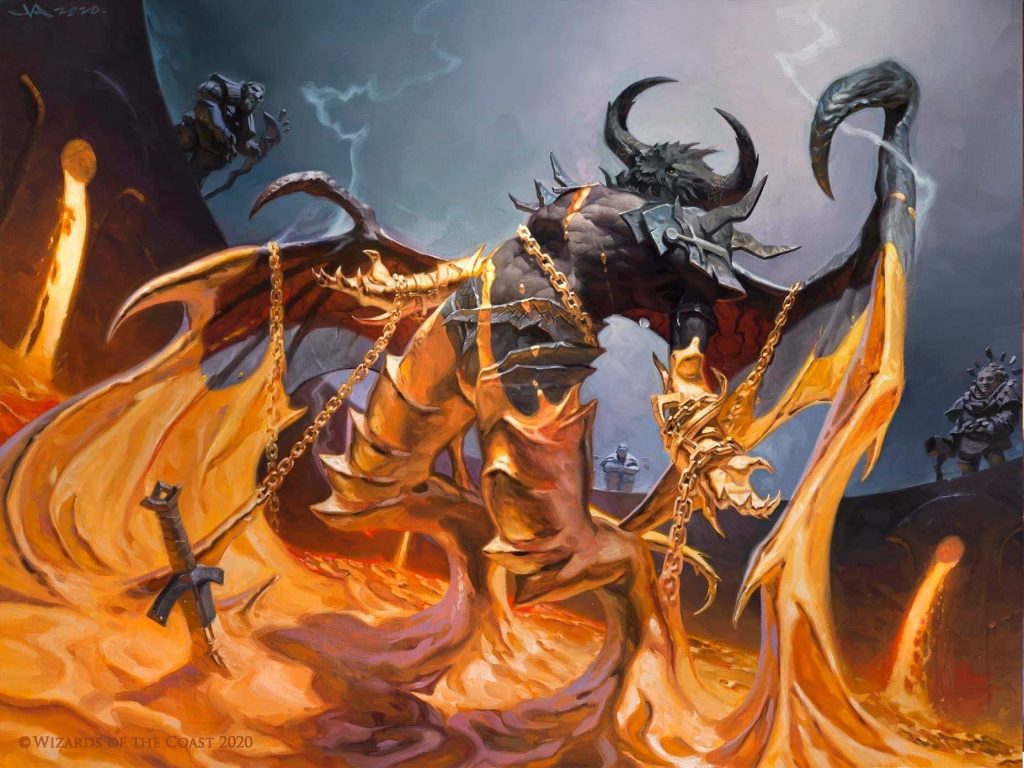
Bound in Gold | Illustration by Victor Adame Minguez
Certain Magic cards increase in value, sometimes to great amounts. A card’s price is a measure of its demand, availability, and strength in Constructed play. A card that’s both exceptionally powerful and exceptionally rare will carry the largest price point. Cards that aren’t very popular at first but then experience a sudden increase in demand thanks to being successful will see the largest gains in total.
The entirety of Magic speculation and investment boils down to being able to consistently and accurately pick cards to buy that experience these types of gains in the future.
Are Magic Cards Good Investments?
The ultimate question. I’ve heard it time and time again and I’ve always answered it the same: it depends on what cards you’re buying and whether you’re interested in reselling sealed product later on.
Individual cards carry more risk than sealed product. They’re a given value that fluctuates at the whim of ban lists, reprints, and consumer demand. If you think you know of a card that’s on something like the reserved list and won’t be reprinted but will have an increasing demand, it isn’t unreasonable to speculate that you could resell that card in the future for a gain.
Sealed product, on the other hand, can be much more stable depending on the set. The cards in a sealed product aren’t certain, so the average cost is based on the average price of the cards inside. A set with a bunch of Modern staples and Commander bombs will have a much higher average price in the long run than a set that went under the radar in terms of eternal formats.
Figuring out what’s a good investment depends on your own MTG knowledge combined with data and some speculation. No investment is free from risk and it’s ultimately up to you to decide whether investing in a product or singles will be worth it in the future. I can only give you ways to evaluate those investments.
Why Are Old Magic Cards So Expensive?
Certain Magic cards will never be reprinted and are placed on the reserved list because of their extreme value and Wizards’ desire to preserve that value on the secondary markets. This includes Vintage and Legacy cards like the Power 9 or dual lands which carry exceptionally high prices thanks to their limited availability. Placing them on this list stabilizes their prices and gives players confidence in buying into these formats knowing their purchase of a single $500 card won’t be a complete waste when it’s reprinted 3 weeks later.
But there are plenty of expensive cards that are not on the reserved list, they’re just expensive thanks to incredibly high demand meeting incredibly low supply. Cards like Mana Crypt and Mana Vault are two examples of these. These cards are a must-have in competitive EDH and are priced extremely high because they’re harder to find.
Lastly, there are some cards that have such incredibly rarity that they’re expensive because of a complete lack of supply. Cards like the Japanese Strixhaven Showcase cards fall into this category as they’re incredibly hard to find online.
Can You Make Money Buying and Selling MTG Cards?
Becoming a successful reseller of Magic singles depends on your ability to generate supply for a cheap enough cost. There will always be demand for thousands of unique cards through markets like TCGPlayer and the Channel Fireball Marketplace, but you need to get the cards in the first place.
The main way many of these stores get their stock is by buying cards from players that come into their store. They usually pay around 80% store credit or 60% cash value for the card, which generates a nice profit margin safe from a small level of price deviation. If you’re a single individual it’s much harder (if not impossible) to do this on such a large scale. Possible alternatives include buying bulk lots from old collections and then individually reselling the cards.
Buying bulk collections is usually unsuccessful if you’re buying bulk lots from places like eBay or Craigslist. Most of these lots have already been scanned through and are just worthless $0.25 commons that will never really sell. This is only an effective strategy when it comes to an old collection that hasn’t been touched.
Other than buying mass amounts of cards for less than their market price from individuals there’s only one option: speculating. Buying cards before they see price increases and then selling them, giving you a positive return on your investment. But this is a much riskier and complicated process than simply buying singles for less than you can sell them.
How Much Can You Make Flipping Magic Cards?
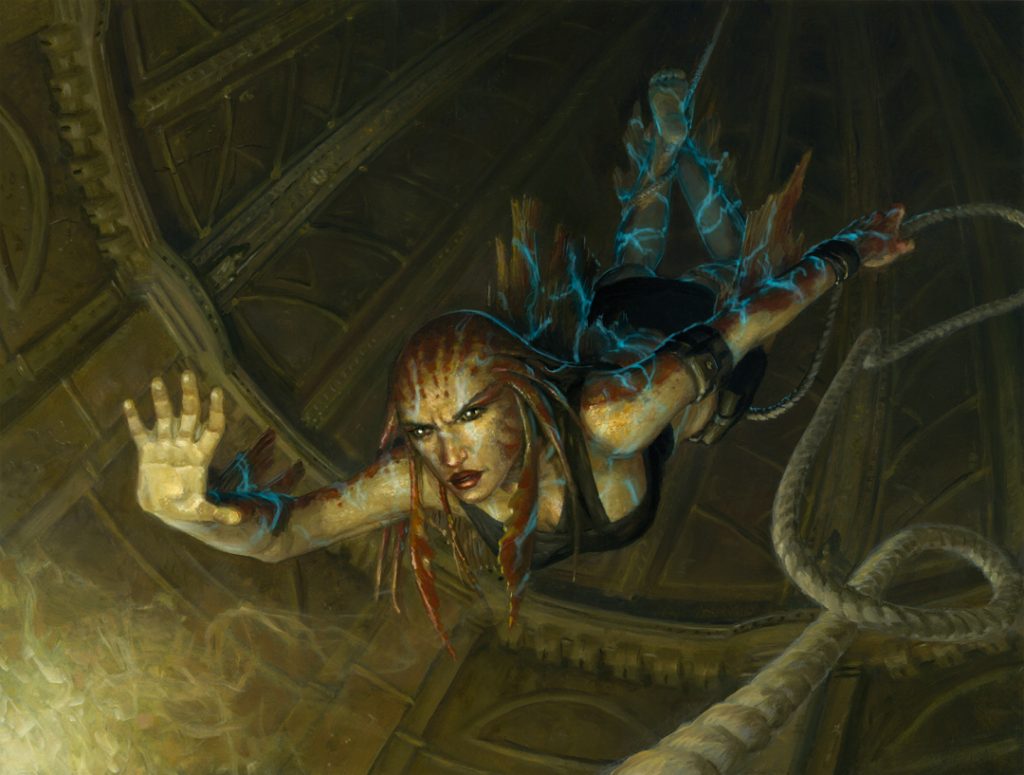
Tricks of the Trade | Illustration by Steven Belledin
The amount you could make is a simple formula of the amount you put in multiplied by the percent return. But it’s important to not get distracted in huge, short-term wins and miss out on the long-term gains. If you put thousands of dollars into a single investment you may reap the rewards of the huge gains, but you also carry all the risk.
On average, the most you can expect to get out of successfully flipping a given magic card is about 8-12%.
It’s also critical to set price points where you’ll sell the card you bought for profit or loss. Holding onto the card for too long after you could sell it for a strong return could open you up to severe drops in price after it’s revealed the price you thought was stable was an overvaluation.
Basic Concepts and Principles Behind Investing in Magic Products
There are a few core principles and concepts in managing your MTG finances, from buying the right supplies to knowing when to sell. I’m going to outline a few of the most important ones to give you a good baseline understanding behind spending (and losing) as little money as possible.
Products vs. Singles
The most important thing for any Magic player looking to play any Constructed format to understand is to buy singles when looking for cards, not individual packs. You’ll always spend more money buying packs than you’d spend buying a playset.
Many new players will get into the mindset that buying packs is a good way to start building a collection for Standard play when this isn’t the case. Most cards in any given pack are dead in the water. At best you’ll get a few commons/uncommons and maybe one playable rare out of multiple packs, but nothing more. The cost of three packs could end up getting you multiple playsets of the cards you actually need.
Let’s say you’re looking to play the popular Izzet Epiphany deck in Standard and needed three Cinderclasms and three Jwari Disruptions. You might think that buying some packs of Zendikar Rising would be a good idea. You might get a couple copies and possibly even a rare that you could use. But a short few calculations prove this to be very financially irresponsible.
Three copies of Cinderclasm with three copies of Jwari Disruption puts your total at less than $5 for all the cards you need! Assuming you’re ordering online you’ll probably pay $1 in shipping, which means your entire price after tax and shipping comes out to less than the MSRP of one pack.
This kind of evaluation can also be applied to more expensive cards, especially if you’re looking for multiple copies. Of course, you could get lucky and manage to open a $20 card on the first pack, but that isn’t sustainable. In the grand scheme of long-term financial responsibility in Magic, buying singles over packs is always better.
Buying Built-To-Last Supplies
Another core principle of finance that easily translates to Magic is buying products that are built to last. As you’ve probably heard before, it’s better to buy products that you buy for life rather than a mediocre item multiple times. Not only will it cost more but you’ll have to spend time buying and maintaining worse accessories.
This is especially true for products like deck boxes and sleeves that not only serve a functional purpose of carrying your cards but also protect them and the value they carry. There are plenty of communities and content creators that do excellent product reviews on basically anything you could buy for your Magic cards, and that’s great way to evaluate different purchases.
Most notably is Tolarian Community College, where “The Professor” has reviewed nearly ever Magic deck box, card sleeve, binder, and playmat there is. Places like this are invaluable to the Magic player and are an excellent source to find the supplies that fit your needs and budget.
Selling Before Rotations and Releases
A slightly more advanced strategy to minimizing losses when playing non-evergreen formats like Standard is to sell certain cards before their rotation. Some cards are exclusively popular in Standard and have nearly all of their value driven by their place in the format.
You can decipher some important concepts by looking at the financial data for Siege Rhino. The price of cards that are exclusively popular in Standard goes down over the course of their duration in the format. Rhino was most expensive when Standard was only two blocks and it had a much larger dominion over the format. As more sets were released and its rotation loomed over the horizon, the card steadily dwindled down in price.
It’s also important to sell off cards multiple months before rotation if your ultimate priority is minimizing the loss from price drops. Unless you think you may have a home for a card in a Legacy or Modern deck, you’re better off getting rid of your rotators (or as some might say, rotatoes) before their price takes the largest drop.
Investing in Stable Cards
Basically every rare within the set is overpriced at the beginning of its release. Players want to try out new brews, want cards for their Commander decks ASAP, or are just overestimating a card’s power level. This gives you the opportunity to sell off cards you don’t think will have a place in the Constructed scene while their prices are still high.
Tiamat from Forgotten Realms is a great example of this. I opened this card at prerelease and made a prediction that it wouldn’t see much play in Standard or Modern, which meant its price would be solely driven by its rarity and use in formats like Commander. I went ahead and sold this to my LGS and got around $21 (about 70%) in-store credit. Two weeks later the price was already down to $21 on average, which meant I only would’ve gotten about $14 for it at that point.
These kinds of small gains are what you can expect when you sell off cards whose prices you don’t think are stable or correctly valued. This can be done consistently once you know what to look for at the beginning of a Standard set release. Here are some things to ask before you decide to keep a card in hopes its price goes up in the weeks following release:
- Does this card have a place in an already-existing Standard deck?
- Is this card powerful enough to boost an already-existing Standard deck to tier 1?
- Is this card a strong dual land that’ll be used in multiple decks across multiple formats? e.g., fetch lands, shock lands, or pain lands.
- Is this card a popular creature type that may cause it to be overvalued? Think dragon and Elder Dragon, vampire, werewolf, etc.
How Does Speculation Work?

Quiet Speculation | Illustration by John Avon
Speculation refers to predicting price increases and drops before they happen so you can make gains and profits by buying and selling at the most optimal times. Think a dual land will double in price after the new set creates a powerful tier 1 deck? Buy it up. That’s speculation.
You can’t be right 100% of the time or even anything close to that. Being a successful investor and relying on speculation requires a success rate of over 50% over a long period of time and trades. Big gains from a single buying or selling of a card can easily be erased by one bad one, but a consistent “win rate” of investments is much harder to lose from.
Speculation isn’t the same as guessing or predicting. Guessing is making a decision based on no reason or evidence, while predicting is making one with solid and conclusive evidence or reason. Speculation is in between these two ideas.
When you speculate on a price change or card, you’re doing so based on evidence or theory that’s not entirely conclusive. Something like past trends on a similar card, your own experiences, or even something like a decklist that was submitted to a championship can all serve as the backbone for speculation.
The Reserved List and Buyouts
The reserved list is a list of Magic cards that Wizards has said won’t ever be reprinted to protect their monetary value on secondary markets. This means that you can confidently buy a set of Tropical Islands without worrying that a reprint will tank your investment, losing you hundreds of dollars. This is done to promote eternal formats like Legacy and give players peace of mind in their purchases.
This immediately causes some concern since it gives scalpers and people with large amounts of capital direct targets to perform a buyout. A buyout is when somebody buys all copies of a card and then develops a partial or nearly complete monopoly on a card that’s now certain to not be reprinted.
This infamously happened with Moat, which doubled in value after a single person bought nearly all of the available copies online for an average cost of $375. The card now sells for well over $700 in moderate play condition.
Older cards are obviously much more susceptible to buyouts thanks to the already dwindling supply of playable copies. This has caused a huge bull market in terms of Magic speculation and the MTG finance community, much to the dismay of the average player.
How Do I Get Started?
Getting standard in MTG finance is something you should only do after a long period of play experience or experience in investing. Going into this without knowledge on the game or on investing itself is setting yourself up for failure and loss.
If you do have either of those background experiences and want to start making some investments, here’s how you should start.
Pick a Market to Invest In
Whether it's Secret Lairs or sealed product, you want to pick a market and sector to start investing in. This allows you to do target research and learn what’s most important for what you’re looking to buy.
What makes this particular set worth buying five booster boxes to sit on? Why should you buy this Secret Lair for long-term holdings? What is the target price that you’ll sell at? What happens if this set is a dud and you lose 40% of your investment? How will that feel?
Make sure you can answer these kinds of questions and have answers for both the best and worst scenarios.
Diversify
Diversification is important in mitigating risk in any form of investment portfolio and Magic isn’t an exception. At the most basic level, don’t buy 10 copies of one booster box; buy five copies of two.
You don’t want all your eggs in one basket and the best way to avoid that is to simply buy more than one basket. This keeps your investment risk spread out over many different items and products which makes the failure of one investment a bad day, not the end of your investing career.
Plan for the Long Term
It’s very important to not get caught up in chasing short term gains at the expense of your future self. The most successful strategy is one that takes the least amount of risk and can be very consistent over a long period of time. A continuous and dependable strategy will bring you the most profit with the least amount of anxiety and downsides every time.
Don’t get distracted by the next risky flip or all-in strategy. Focus on your own long-term goals and the smalls steps along the way that will always get you there.
MTG Finance Communities

Together Forever | Illustration by Aaron Miller
You’re not the first person to start off with little to no knowledge, and I promise you there are plenty of people who started in your spot and are now experts creating content on the topic of MTG finance.
It can be very good to find communities and content creators that make MTG finance content for you to learn from when starting off. Plenty of people display their investments, what works and what doesn’t, and even show you their own spreadsheets and methodologies that are proven to work.
Here are a few excellent communities and sources to learn from just to get you started.
Alpha Investments
Alpha Investments is a Magic YouTube channel dedicating to MTG finance and investing in various sealed product and Magic singles. Its host, Rudy, prides himself on his strategy of buying around the reserved list and focusing on “long term growth” over short-term temporary gains.
Jake and Joel are Magic
Jake and Joel are Magic is a YouTube channel that focuses on Magic finance, specifically speculation around singles. Most of their videos are quick rundowns on card prices, what might go up or down, and why certain investments are good or not. They also do rundown videos of what they’re buying or avoiding and are a great steppingstone to investing yourself.
MTG Mox Man
MTG Mox Man is yet another MTG finance youtuber who makes a lot of content around the most profitable investments each week. He’s an excellent source when it comes to speculation on a much smaller timescale, almost as if you were an MTG single day trader!
Best MTG Finance Sites and Tools
Along with your noggin, it’s important to have a variety of tools and websites that can help you visualize data and get you critical information behind your investments. Having the right graphs, record keeping, and price histories are all important to making smart financial decisions.
TCGPlayer.com
TCGPlayer is an excellent price data site that can give you the entire prices history of a card as well as various sealed products and the cards inside them. Their flexibility for offering afterpay adds to their solid reputation. This is an invaluable resource that’s absolutely necessary to tracking prices and making predictions.
Quiet Speculation
Quiet Speculation is a MTG finance site that offers many quality-of-life features for the average investor. The site can track your collections, help perform price research, connect you with merchants to buy and sell cards, and even scan the market for underpriced cards.
MTGStocks
MTGStocks is exactly what you’d expect to see on a Magic investment website. It offers price changes, weekly updates on strong investments, and tools that help you find good buys and sells. The site also has a premium membership that automatically tracks trends on cards, gives you possible interesting investment opportunities, and gives automatic alerts to price changes.
Wrap Up

Grave Exchange | Illustration by Sam Wolfe Connelly
That’s about everything you need to know to get started in MTG finance and investing. Make sure to use the tools I mentioned and this guide as a strong resource for your learning and decision making. And make sure to take some time before making your first investments and purchases. Don’t jump on a sinking ship out of fear of missing out! There will always be another ship to jump on or another strong investment.
If you’re looking to continue this topic with other likeminded Magic investors, head over to our official Draftsim Discord and chat about it there.
Until next time, stay safe and stay healthy!
Follow Draftsim for awesome articles and set updates:
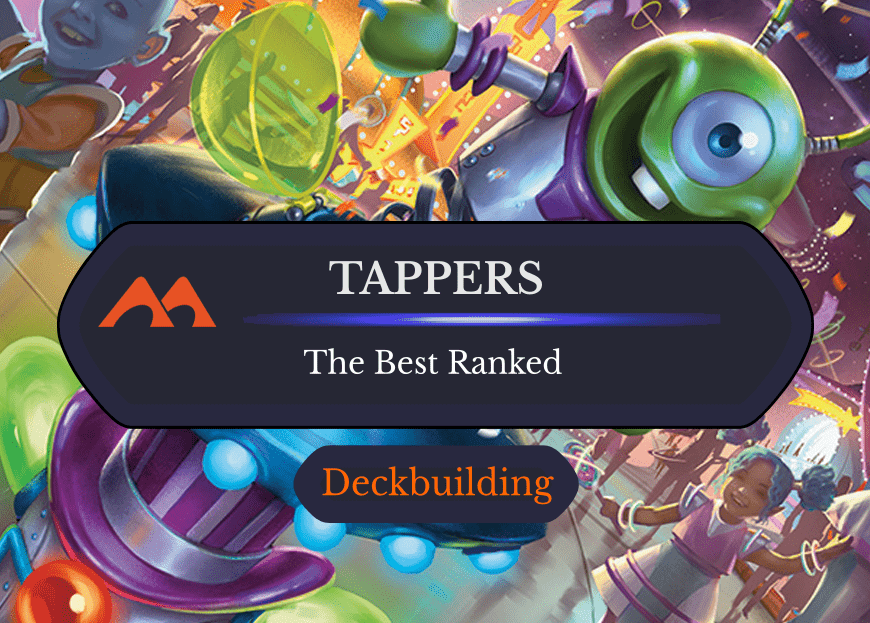
Add Comment